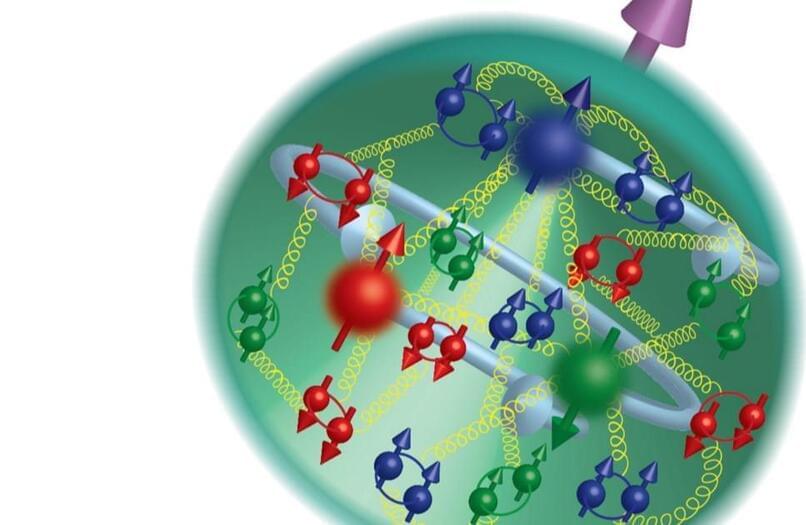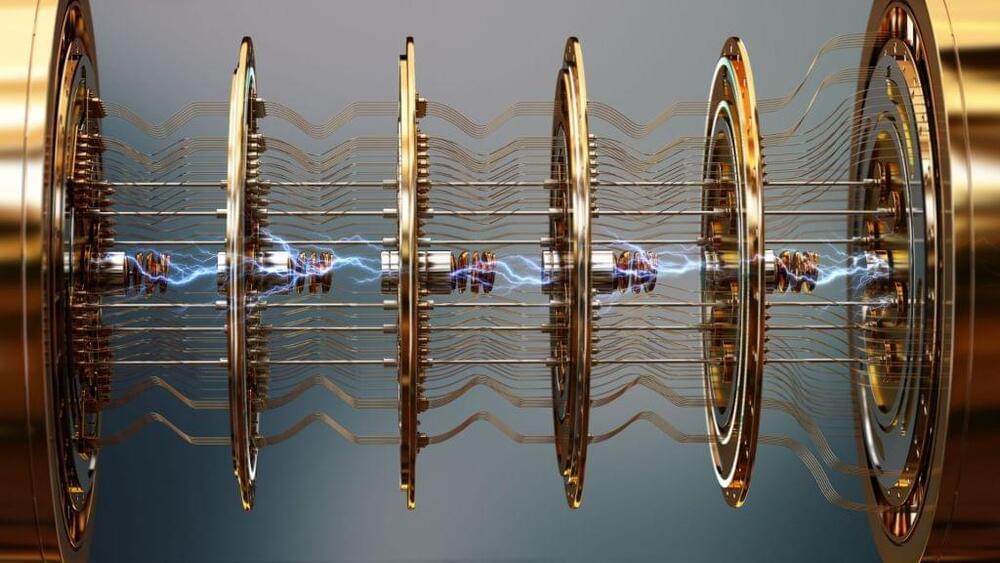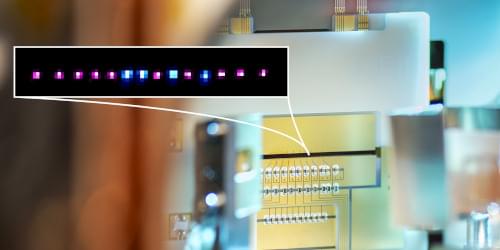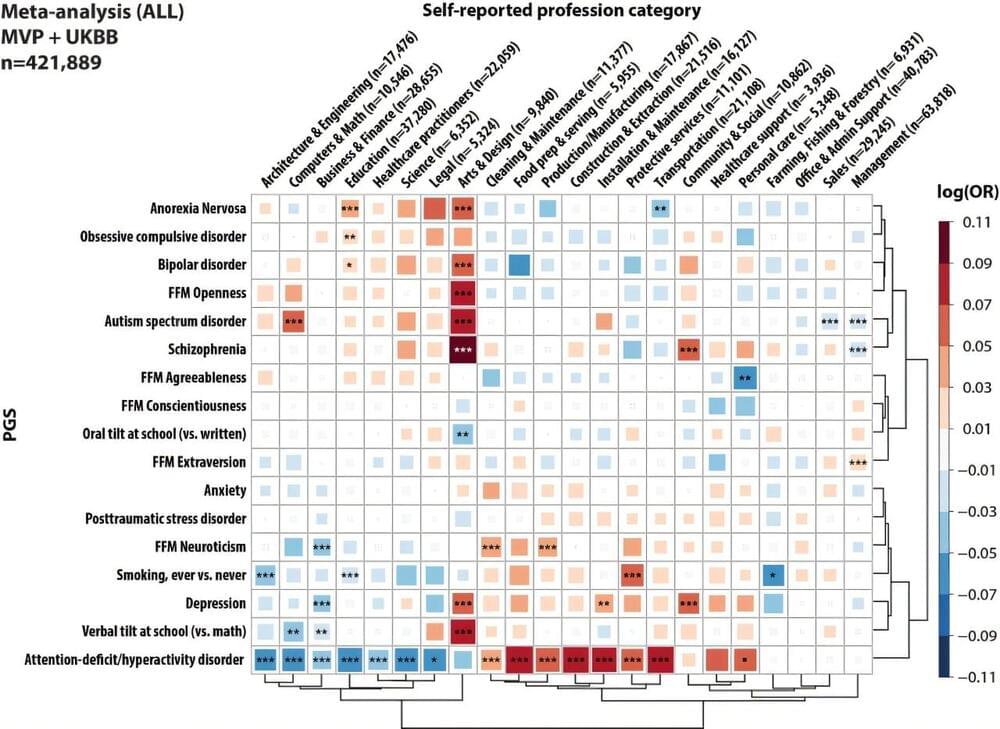A hidden microcontinent, the Davis Strait, lies beneath the North Atlantic. Formed 33–61 million years ago, it reveals Earth’s tectonic secrets and reshapes geology.










In a remarkable feat of chemistry, a Northwestern University-led research team has developed the first two-dimensional (2D) mechanically interlocked material.
Resembling the interlocking links in chainmail, the nanoscale material exhibits exceptional flexibility and strength. With further work, it holds promise for use in high-performance, light-weight body armor and other uses that demand lightweight, flexible and tough materials.
Publishing on Jan. 17 in the journal Science, the study marks several firsts for the field. Not only is it the first 2D mechanically interlocked polymer, but the novel material also contains 100 trillion mechanical bonds per 1 square centimeter—the highest density of mechanical bonds ever achieved.

Polygenic scores (PGS) are metrics used to estimate the genetic predisposition of people to developing specific mental health conditions, personality traits or diseases. In recent years, these metrics have often been used to investigate the intricate connections between genes and environmental factors.
Researchers at the JJ Peters VA Medical Center, Icahn School of Medicine at Mount Sinai and other institutes recently carried out a study aimed at determining whether neuropsychiatric polygenic scores could predict the professional categories that individuals belong to. Their findings, published in Nature Human Behaviour, suggest that these scores weakly predict the professional category that people belong to.
“Neuropsychiatric disorders are both common and highly heritable, yet they remain heavily stigmatized,” Georgios Voloudakis, first author of the paper, told Medical Xpress.